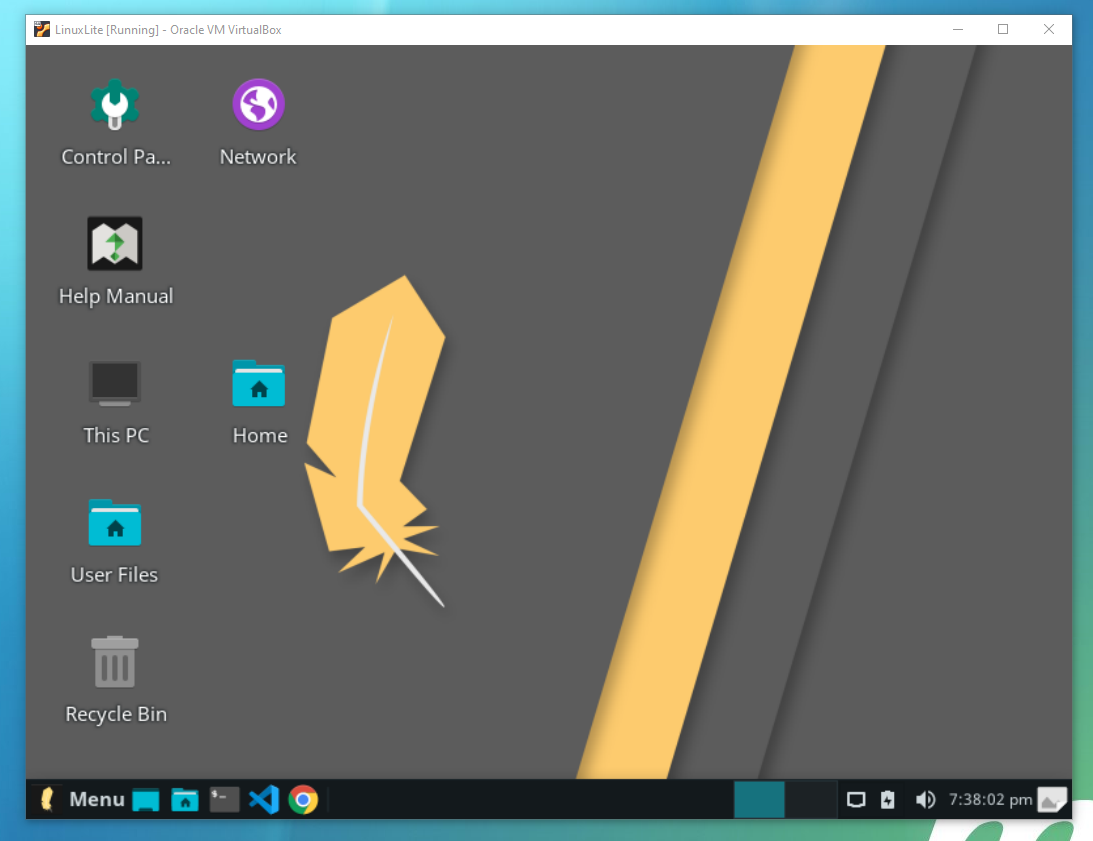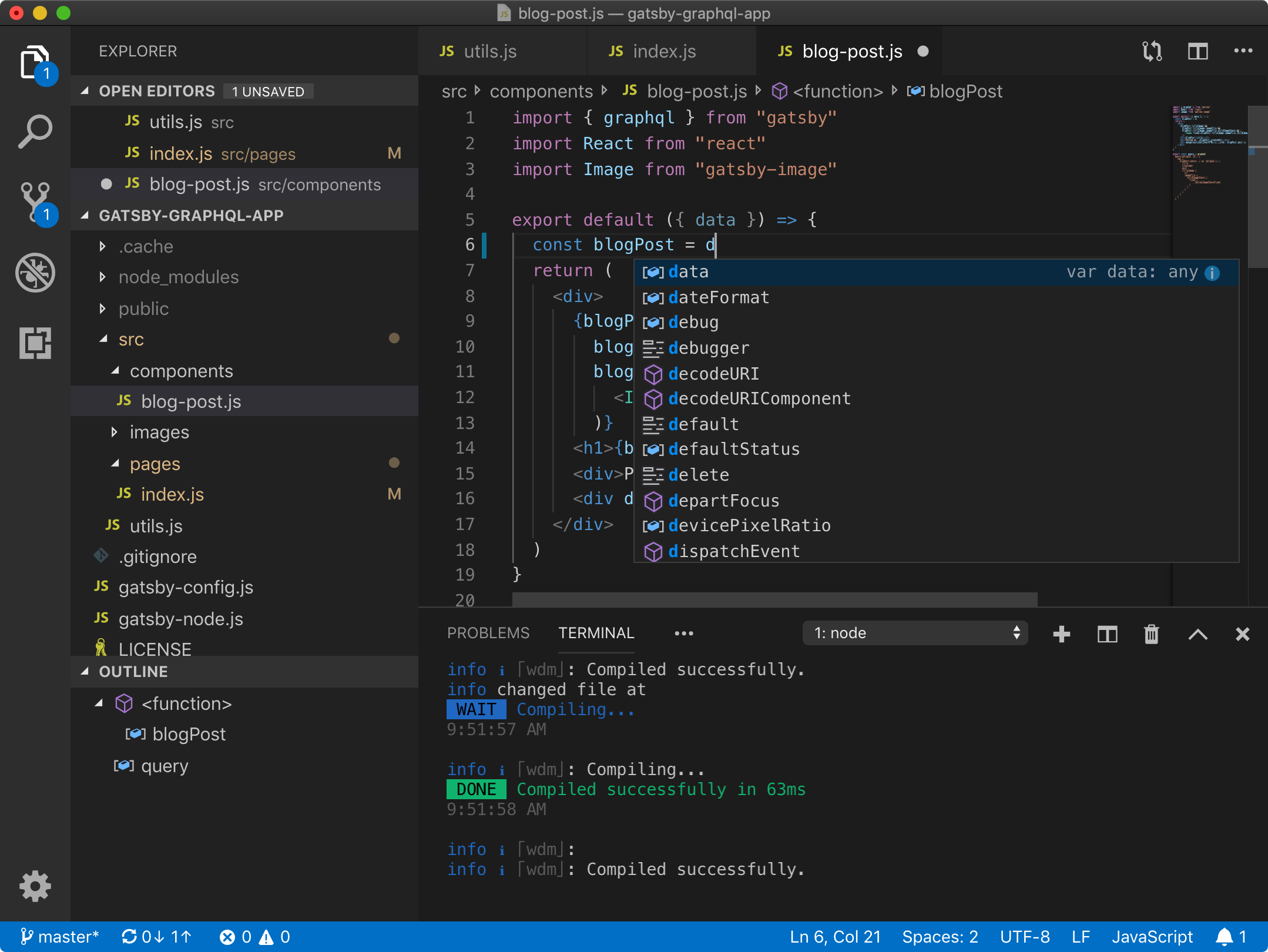Docker Windows Home
Estimated reading time: 6 minutes
- Docker Windows Home 10 Install
- Docker Install For Windows Home
- Docker Windows Home Edition
- Docker Windows Home Directory
Hi Rolf, Yes, I have ticked the C drive box. It just tested again on Docker version 1.11.1 (build 5604cbe) on the work Dell PC and it fails. I tested the same version on my personal laptop and it works. MongoDB document databases provide high availability and easy scalability. MongoDB document databases provide high availability and easy scalability.
Docker Desktop for Windows is the Community version of Docker for Microsoft Windows.You can download Docker Desktop for Windows from Docker Hub.
By downloading Docker Desktop, you agree to the terms of the Docker Software End User License Agreement and the Docker Data Processing Agreement.
System requirements
Your Windows machine must meet the following requirements to successfully install Docker Desktop.
Hyper-V backend and Windows containers
Windows 10 64-bit: Pro, Enterprise, or Education (Build 17134 or higher).
For Windows 10 Home, see System requirements for WSL 2 backend.
- Hyper-V and Containers Windows features must be enabled.
The following hardware prerequisites are required to successfully run ClientHyper-V on Windows 10:
- 64 bit processor with Second Level Address Translation (SLAT)
- 4GB system RAM
- BIOS-level hardware virtualization support must be enabled in theBIOS settings. For more information, seeVirtualization.
WSL 2 backend
- Windows 10 64-bit: Home, Pro, Enterprise, or Education, version 1903 (Build 18362 or higher).
- Enable the WSL 2 feature on Windows. For detailed instructions, refer to the Microsoft documentation.
The following hardware prerequisites are required to successfully runWSL 2 on Windows 10:
- 64-bit processor with Second Level Address Translation (SLAT)
- 4GB system RAM
- BIOS-level hardware virtualization support must be enabled in theBIOS settings. For more information, seeVirtualization.
- Download and install the Linux kernel update package.
Note
Docker supports Docker Desktop on Windows for those versions of Windows 10 that are still within Microsoft’s servicing timeline.
What’s included in the installer
The Docker Desktop installation includes Docker Engine,Docker CLI client, Docker Compose,Notary,Kubernetes,and Credential Helper.
Containers and images created with Docker Desktop are shared between alluser accounts on machines where it is installed. This is because all Windowsaccounts use the same VM to build and run containers. Note that it is not possible to share containers and images between user accounts when using the Docker Desktop WSL 2 backend.

Nested virtualization scenarios, such as running Docker Desktop on aVMWare or Parallels instance might work, but there are no guarantees. Formore information, see Running Docker Desktop in nested virtualization scenarios.
About Windows containers
Looking for information on using Windows containers?
- Switch between Windows and Linux containersdescribes how you can toggle between Linux and Windows containers in Docker Desktop and points you to the tutorial mentioned above.
- Getting Started with Windows Containers (Lab)provides a tutorial on how to set up and run Windows containers on Windows 10, Windows Server 2016 and Windows Server 2019. It shows you how to use a MusicStore applicationwith Windows containers.
- Docker Container Platform for Windows articles and blogposts on the Docker website.
Install Docker Desktop on Windows
Double-click Docker Desktop Installer.exe to run the installer.
If you haven’t already downloaded the installer (
Docker Desktop Installer.exe), you can get it from Docker Hub. It typically downloads to yourDownloadsfolder, or you can run it from the recent downloads bar at the bottom of your web browser.When prompted, ensure the Enable Hyper-V Windows Features or the Install required Windows components for WSL 2 option is selected on the Configuration page.
Follow the instructions on the installation wizard to authorize the installer and proceed with the install.
When the installation is successful, click Close to complete the installation process.
If your admin account is different to your user account, you must add the user to the docker-users group. Run Computer Management as an administrator and navigate to Local Users and Groups > Groups > docker-users. Right-click to add the user to the group.Log out and log back in for the changes to take effect.
Start Docker Desktop
Docker Desktop does not start automatically after installation. To start Docker Desktop, search for Docker, and select Docker Desktop in the search results.
When the whale icon in the status bar stays steady, Docker Desktop is up-and-running, and is accessible from any terminal window.
If the whale icon is hidden in the Notifications area, click the up arrow on thetaskbar to show it. To learn more, see Docker Settings.
When the initialization is complete, Docker Desktop launches the onboarding tutorial. The tutorial includes a simple exercise to build an example Docker image, run it as a container, push and save the image to Docker Hub.
Congratulations! You are now successfully running Docker Desktop on Windows.
If you would like to rerun the tutorial, go to the Docker Desktop menu and select Learn.
Automatic updates
Starting with Docker Desktop 3.0.0, updates to Docker Desktop will be available automatically as delta updates from the previous version.
When an update is available, Docker Desktop automatically downloads it to your machine and displays an icon to indicate the availability of a newer version. All you need to do now is to click Update and restart from the Docker menu. This installs the latest update and restarts Docker Desktop for the changes to take effect.
Uninstall Docker Desktop
To uninstall Docker Desktop from your Windows machine:
- From the Windows Start menu, select Settings > Apps > Apps & features.
- Select Docker Desktop from the Apps & features list and then select Uninstall.
- Click Uninstall to confirm your selection.
Important
Uninstalling Docker Desktop destroys Docker containers, images, volumes, andother Docker related data local to the machine, and removes the files generatedby the application. Refer to the back up and restore datasection to learn how to preserve important data before uninstalling.
Where to go next
- Getting started introduces Docker Desktop for Windows.
- Get started with Docker is a tutorial that teaches you how todeploy a multi-service stack.
- Troubleshooting describes common problems, workarounds, andhow to get support.
- FAQs provide answers to frequently asked questions.
- Release notes lists component updates, new features, and improvements associated with Docker Desktop releases.
- Back up and restore data provides instructions on backing up and restoring data related to Docker.
Docker Windows Home 10 Install
In this blog, I will show you how to install Docker version 19 in Windows 10. We will be using community edition (CE) as this is a free version. You can use this edition to install it on your personal computer to learn and build application around it. Knowledge of Docker is a must if you want to build Cloud Native Microservices based applications.
There are other platforms for building container based application. But over the years, Docker has become the industry standard for building container based application using Kubernetes for orchestration. As such, Docker skill is must for IT professionals.
Lets get started
Prerequisites: Docker requires Hyper-V enabled in Windows 10. Without this Docker will not run after you install Docker. To enable Hyper-V in Windows, please follow my post here
Please note that Docker needs Hyper-V only in Windows 10. It will not work with VMware Workstation or Virtual Box. You can refer to the docker documentation
Docker consumes a lot of RAM. I can feel the performance issue after I run Docker on my 8 GB RAM Laptop. You can still work, it wont create major problems. I think, on a 16 GB RAM machine, you should not feel the performance issue.
8 GB machines works for me, so its OK.
Step 1 – Download Docker
Officially Docker installer, community edition can be downloaded from Docker Store. You will have to create an account to be able to download it. Having an account for Docker is a very good things. It allows you to download docker images in the future.
If you dont want to create an account, this is the direct link to Download Docker Installer.

You can also reach the Docker Store download page from the Docker official page. Go to the Docker Official home Page.
Click on Products-> Docker Desktop on the menu bar. This will take you to the docker desktop product page.
Docker Desktop Product Webpage
Click on Download Desktop for Mac and Windows.
The installer file for windows is around 914 MB.
Step 2 – Run the installer
Double click on the downloaded installer file to start the installation wizard. You will see Windows UAC – User Access Control asking for permission to allow the program to run. Click yes to continue.
Docker Installation – Windows User Access Control
Now you will see Docker installer downloading additional files required. If you dont have internet connection, installer will move on to the next step. Wait for the process to complete and you will see the configuration screen.
Step 3 – Configuration Settings
In this dialog box you will be asked if you want to create desktop icon for Docker. I leave this checked. Second option is if you want to use Linux or Windows Container. This option can be changed later on. I leave it as default, that is unchecked.
Containers run on your host operating system which can be Linux or Windows. Ideally you can run Linux container on Linux OS and Windows container on Windows OS. This could be a problem in development machines if you want to develop Linux container based application on Windows.
To get around this, Docker allow users to create both Linux and windows container on the same windows machine without having to switch between OS platforms. To achieve this, Docker provides a Linux VM for Hyper-V called MobyLinuxVM as a part of installation process. This VM runs Linux container and your Windows 10 host runs Windows Containers. You cannot run both Windows and Linux Containers at the same time. That is why Docker allows you to switch between Windows and Linux container.
With this you can run both Linux and Windows Containers side by side as a part of the same Docker Installation for Windows.
Click OK to start the installation. Wait for the installation to complete.
Docker Installation progress
Once the installation completes, click on Close and restart to complete the installation.
Step 4 – Run Docker
Once the system restarts, run Docker by double clicking the icon created on the desktop or from start menu. You will see a docker icon appear on your windows task bar. If you hover your mouse over it, it will say “Docker is Starting”. You will see a warning asking your permission to start the docker service. Click Start to continue and wait for docker service to start.
Docker Service not running warning
Once docker service starts for the first time, you will see a welcome screen asking you to login to Docker Hub. Enter the docker hub credentials you have created and click on sign in. This is optional but it is highly recommended that you do it.
Docker Desktop welcome screen

Step 5 – Disable Start Docker at Startup
By default, docker will automatically start when you turn on/login to your computer. Since Docker requires a lot of RAM, I don’t recommend this. We can start docker manually when we want to use it.
To disable starting docker at startup, right click on the docker Icon in the task bar. Click on Settings, under General Tab, uncheck, Start Docker when you login.
Click on apply and restart to make the changes. This will restart the docker service again (I will not restart Windows, only the docker service).
Step 6 – Check the version of Docker Installed
Most of the time you will be working with command line to work with Docker. Let this be your first command to check Docker version and see what you get.
Open Powershell or command prompt and enter the command:docker version
You should see something like this.
Docker Version Check – Windows Command Line

That’s it for now.
Docker Install For Windows Home
Docker Windows Home Edition
Whats Next
You can start your Docker Journey by learning about the command you can execute in your computer terminal.
Docker Windows Home Directory
Good luck.
